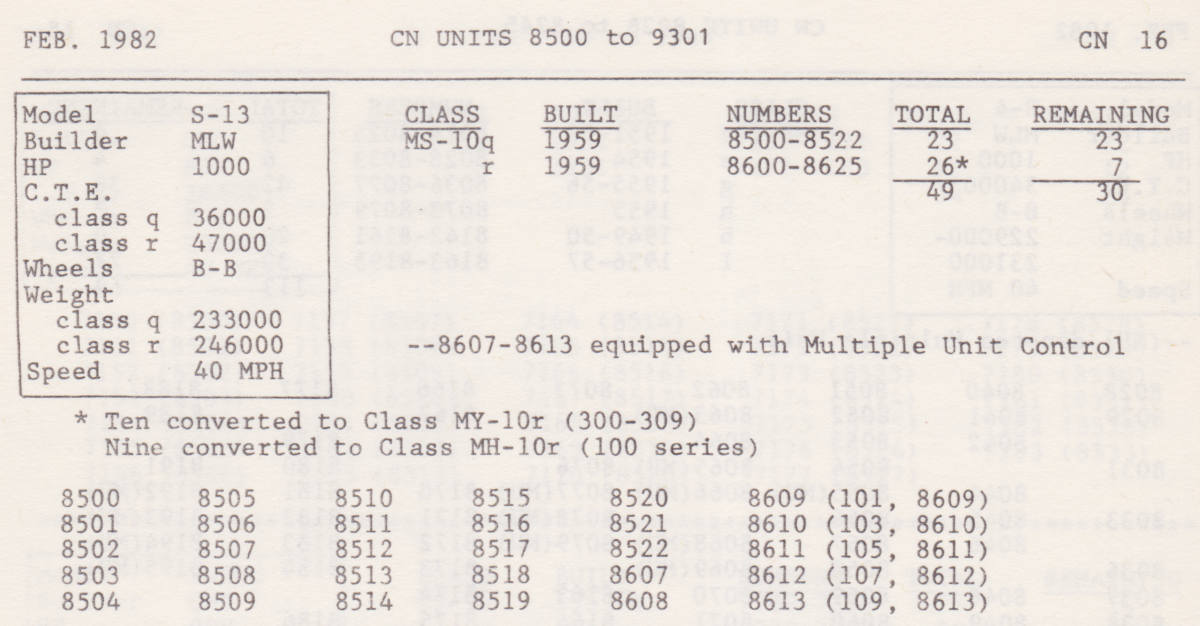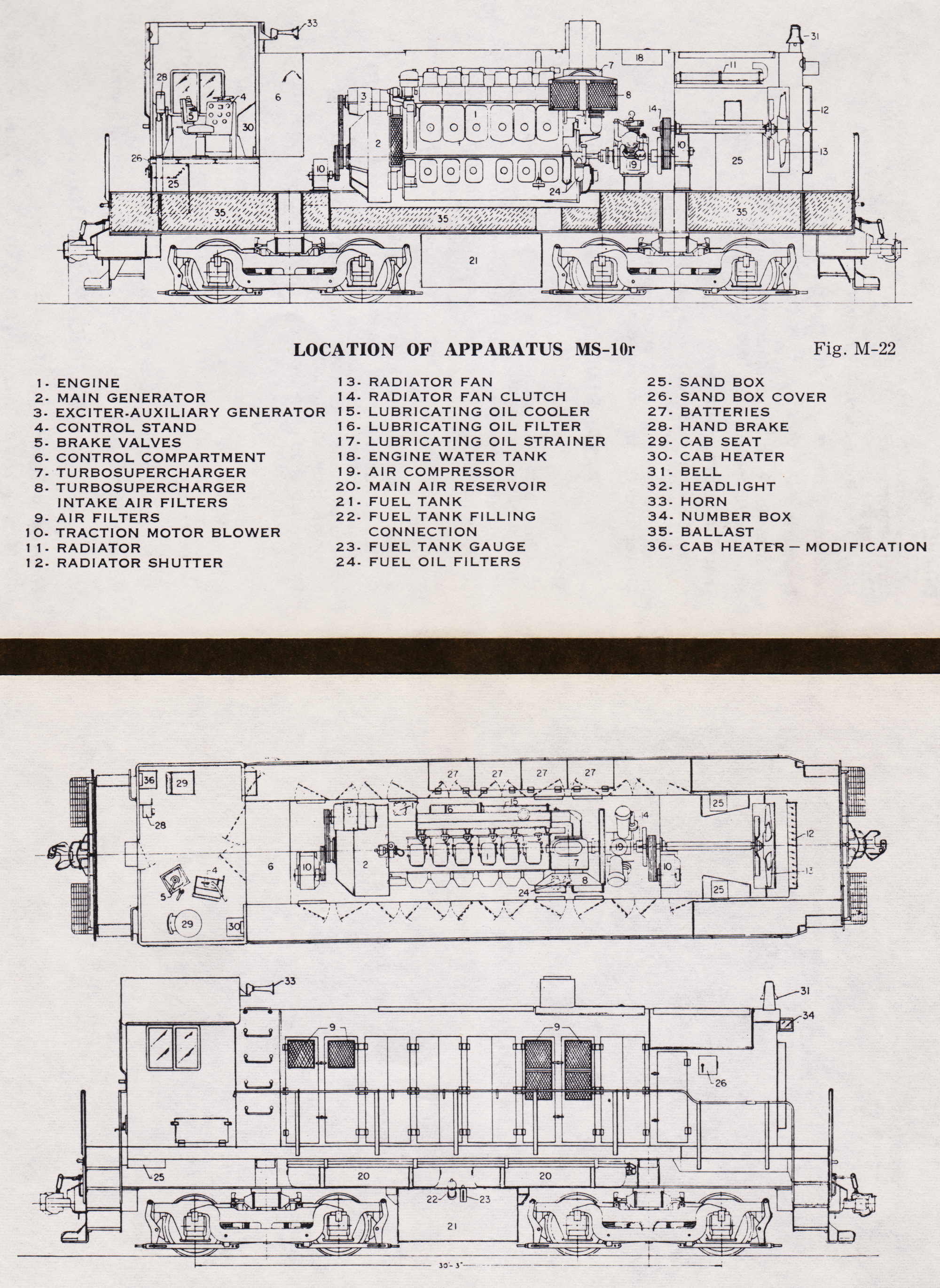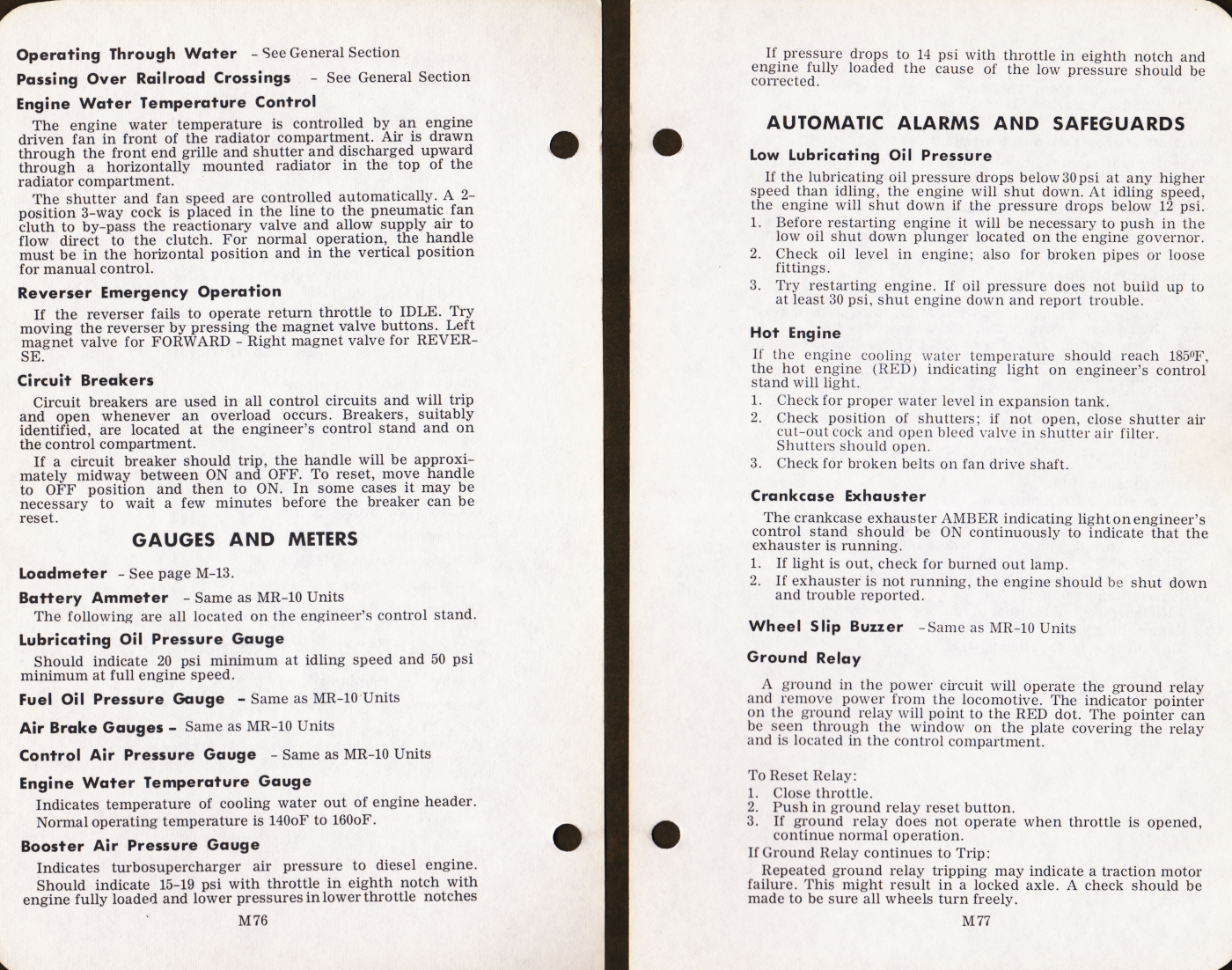With a nice selection of first- and second-generation diesel-electric power on their roster from a variety of builders, CNR published a handy omnibus operating manual. This gave minimalist locomotive engineers the option of not always lugging around a bulky travelling collection of manuals in their 'kit' or 'grip' (today: 'knapsack') for all the units they might be expected to troubleshoot on the road.
An experienced engineer of the 1960s might find the cursory overviews from this omnibus manual to be a good refresher, but not necessarily as exhaustive as an official manual. However, one helpful feature of the manual is photos of the cab controls which documented CNR modifications.
The 1960s era had no college-educated, computer-based graphic designers to digitally photograph and Photoshop images for publication. Consequently, one is able to experience the railway historical epoch of Cheap Analogue Crud ... with little stickers bearing reference numbers applied to dirty, grainy black and white photograph prints ... which were taken inside dirty, worn cabs with crude paint-stencil labels identifying some key controls. (In 1966, CNR was probably diverting all spare funds into developing the Turbotrain - the train of The Future - and not MS-10r orientation aids.)
Of course, the epoch preceding Cheap Analogue Crud featured nurturing and supportive IRL apprenticeships for steam locomotive firemen ... in locomotive cabs where labelled controls and gauges were generally an exceptional frill. These were the idealized 'good old days' of the: You Don’t Belong in My Cab if You Don’t Know What That Valve Does! Epoch.
Oh ... some other locomotives from this and other manuals can be seen by pressing the Railway Technology and Systems 04 radio button above. Some of these posts feature work by highly-skilled technical illustrators who produced beautifully clear illustrations ... from scratch ... or from high-quality technical photographs airbrushed into something approaching art.
* * *
Jolting you back to our MS-10r ...
The conversion/rebuilding of particular MLW S-13 locomotives into hump power is shown below from the 1982 Trackside Guide. Some were mated with slugs cut down from old MLW S-3 locomotives.
 |
| from: A Trackside Guide to Canadian Railway Motive Power; Earl Roberts; 1982; Bytown Railway Society. |








